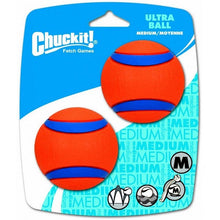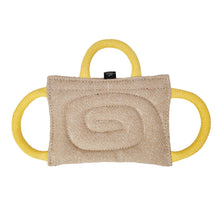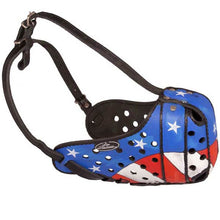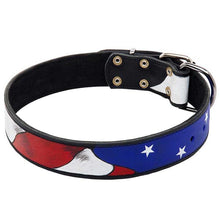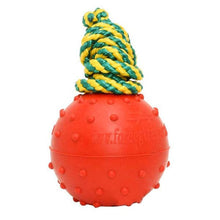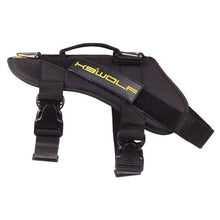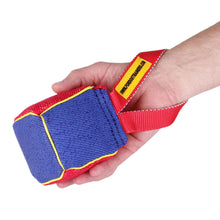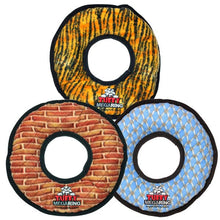How To Help Your Dog Lose Weight The Healthy Way
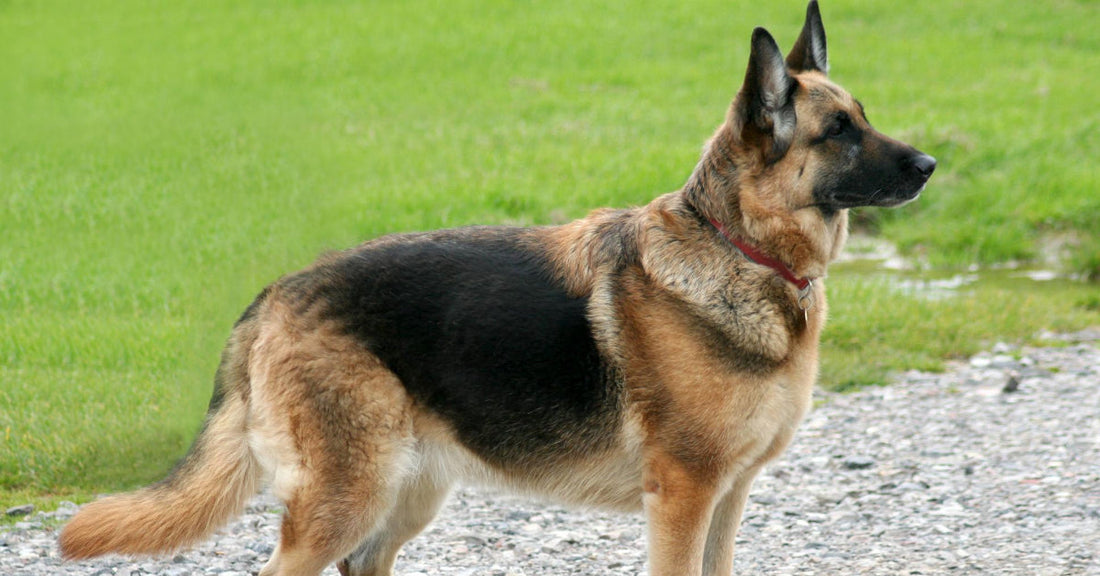
Being overweight is unhealthy for all dogs. It can shorten their life and put them at higher risk of disease. But for larger dogs, like German shepherds, maintaining a healthy weight is very important for several reasons.
German shepherds are a very active breed. They are canine athletes that live to run, chase, play, and work. Being overweight can slow them and make rigorous activity uncomfortable for them. It also puts them at a higher risk of injury.
Maintaining a healthy weight is particularly important for dogs suffering from hip or elbow dysplasia, joint disease, diseases of the spine, and other orthopedic problems so that their physical problems don’t get worse.

Dangers Of Canine Obesity
Dogs of all ages and breeds suffering from canine obesity are at a higher risk of health problems such as:
• Hip and elbow dysplasia
• Arthritis
• Injuries
• Cancer
• Diabetes
• Skin disease
• Heart disease
• High blood pressure
• Bladder stones
• Pancreatitis
• Shortened life span

Some health problems can even lead to obesity in dogs. So, if you’re dog suddenly starts putting on weight for no reason, it’s a good idea to visit a vet to rule out:
• Underactive thyroid (hypothyroidism)
• Cushing’s disease

How Do I Know If My Dog Is Overweight?
You can tell if your pet is obese by performing a Body Condition Score (BCS). Their BCS can tell you if they are at their ideal weight or if they need to lose a few pounds. The BCS rates your dog’s condition on a scale of 1 to 5:
1. Very thin-the dog’s ribs are visible, there is no fat around the ribs, and boney prominences are also visible with no sign of fat.
2. Underweight-there is little fat covering the ribs and ribs can be seen without having to touch the dog.
3. Ideal-the dog’s ribs can be felt but there is a slight layer of fat/padding over them. Boney prominences also have a slight layer of fat.
4. Overweight-Ribs and boney areas are hard to feel under a layer of fat.
5. Obese-Ribs are difficult to find. Naturally, body areas, such as the knees, are covered with a thick layer of fat.

How Can I Help My Dog Lose Weight?
Once you know that your dog needs to lose a few pounds, you can help them lose the healthy way, which is through diet and exercise. If your dog is overweight or obese, it’s a good idea to get help from your vet.
Diet is important. And, with all the weight loss advice on the Internet, it’s important to consider where you’re getting your information. Trendy diet advice, like the green bean diet (half kibble/half green beans) is often shared on social media but actually is not healthy for weight loss.
Overweight and especially aging dogs need as many nutrients as they can get. Diets like the green bean diet can reduce a dog’s nutritional intake when they need it most. In general, the best weight loss foods for German shepherds are rich in protein and fiber but lower in fat.

Choosing the right weight loss food is also important because protein helps stimulate the metabolism and prevents muscle wasting. Its protein and fiber also help to keep dogs fueled and feeling full. Meanwhile, foods like green beans are not very filling, lack nutrients, and have a reduced protein intake.
While decreasing calories is important, remember that dogs have basic nutrient requirements. They require the AAFCO nutrient minimums to stay active and healthy. Just ‘feeding less’ of high-quality food or adding lots of vegetables to the bowl while reducing dry and wet is not the best answer.
Your vet can help you figure out how many calories your pet needs a day for maintenance and weight loss and once you know this, you can adjust the amounts you’re feeding of your current food. But if that doesn’t work, a food formulated for weight loss is the next best step.

Foods formulated for weight loss are ideal for dogs that need to lose more than a few pounds. They’re helpful because they are nutritionally balanced and keep dogs feeling satisfied. They provide the right nutrients to promote weight loss while reducing calories and fat. And, they don’t add extra bulk that lacks nutrients just to fill a dog’s belly.
The Best Dog Food For Weight Loss
If your dog has more than a few pounds to lose, most experts recommend using food that meets AAFCO requirements and that has lower calorie density yet ensures your dog will get all nutrients that they need for good health until they reach their ideal weight. If you’re not a fan of certain brands, consider that this is a temporary diet, and the dangers of obesity are serious:
• Hill’s Science Diet Perfect Weight
• Purina Pro Plan Weight Management
• Eukanuba Fit Body
• Annamaet Lean
• Dr. Tim’s Metabolite
• Wellness Core Reduced Fat
• Nutro Healthy Weight
• Wellness Complete Healthy Weight
• Instinct Raw Boost Healthy Weight
• Natural Balance Fat Dogs

When choosing a food, read the label and compare the calories of your current food. You may consider a prescription diet. Weight loss foods will probably have fewer calories and fat per cup than your current food. They also have great feeding guidelines on the label. Weighing rather than using a measuring cup is also a more accurate way to count calories.
The average dog weighing 90 pounds needs 1,000 to 1,350 calories while a 70-pound dog needs 900 to 1,050. However, this can vary by activity level, age, and whether they are nurtured or not. By reading your dog food label, you can see how close you’re getting to these recommendations and adjust accordingly. For more information on calories, visit Pet Obesity Prevention.
Raw diets are also trendy and widely recommended by owners for weight loss. However, raw, and freeze-dried food is much higher in fat than dry or wet foods so be sure to read the labels. Freeze-dried can also be very calorie dense and both can be hard to measure. Also, be sure to read labels to see if it meets the AAFCO nutritional minimums for maintenance for adult dogs because not all do.

When you figure out your dog’s caloric needs versus how many they are eating, you may be surprised that you don’t have to reduce or change food, but rather only need to cut back on treats.
A good rule of thumb for treats and toppers is that the calories don’t add up to more than 10% of your dog’s daily intake. For example, if your dog is eating 1,400 calories a day, then they should receive no more than 140 calories in extras. And those need to be deducted from their total calorie budget for the day.
Treats can easily cause weight gain or derail the best weight loss plans. Even small bites of something here and there can add up, especially when more than one person in the house is sharing food. Take these treats for example:
• Ham, 2 oz, 70 Calories
• Cheese, 1 oz, 120 Calories
• Chips, 1 oz, 160 Calories
• Hot dog, 2 oz, 170 Calories
• Liver treats, 2 oz, 199 Calories
• Pig ear, 1.8 oz, 216 Calories
• Bacon, 3 oz, 297 Calories

The Right Amount Of Exercise Is Important
Staying active is important to help keep your dog fit and at a healthy weight. But, for dogs needing to lose, that’s not always easy. Often overweight dogs have issues going on that have caused them to limit their activity and gain weight in the first place.
Always talk to your vet about exercise concerns. But sticking with an easy exercise regimen may be your best bet while they slowly get back in shape. Things like letting them set their own pace during playtime, short walk multiple times per day, a physical therapy routine, and even swimming are all fun, light-impact activities.
Be mindful of your dog’s physical limitations. Added body weight contributes to injuries and if your dog gets hurt, it’s going to make things worse and result in even more weight gain plus added pain. Slow and steady will help them lose and build endurance. Suddenly forcing them to be a weekend warrior is a bad idea.

We hope you find these weight loss tips helpful. Dieting can be hard, but the payoff is worth it. Especially if it helps keep your dog healthy and can add a year or more to their life. Please talk to your vet about weight loss concerns. As always, please feel free to share with your friends.
You Might Also Like: 7 Signs Your German Shepherd Is Overweight





